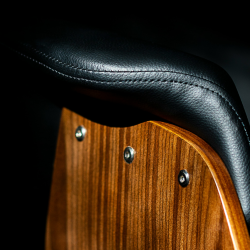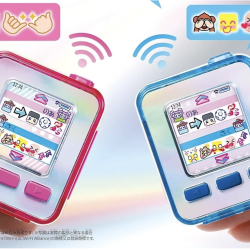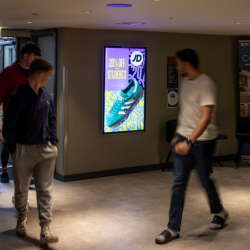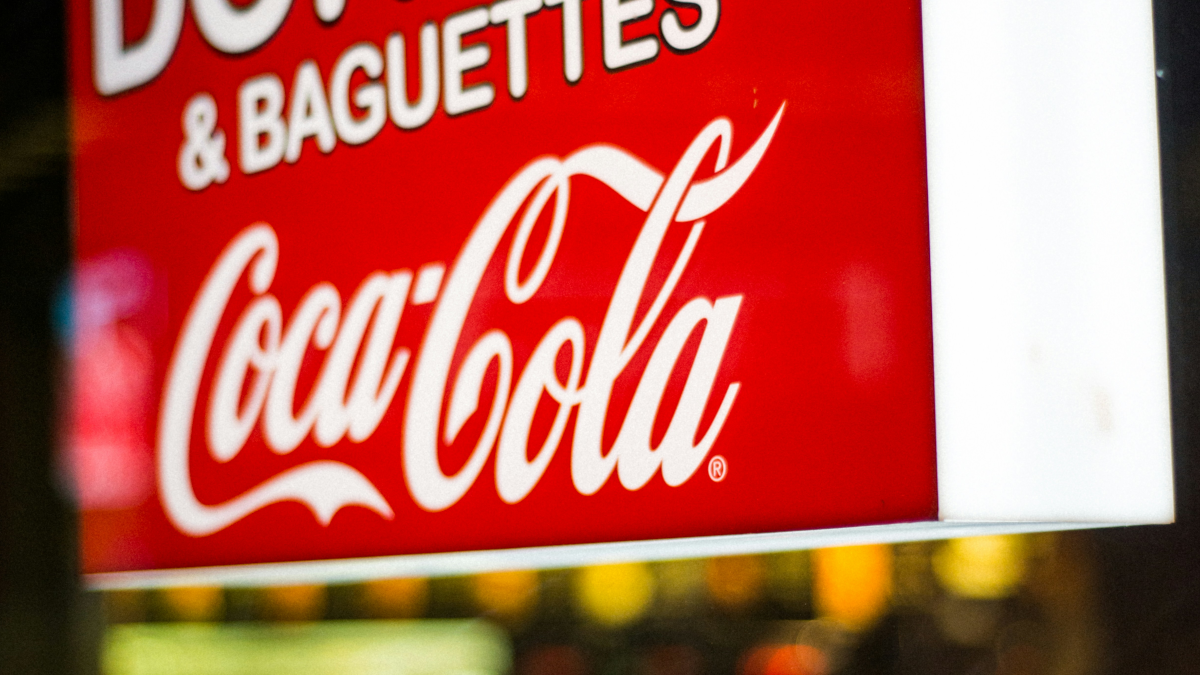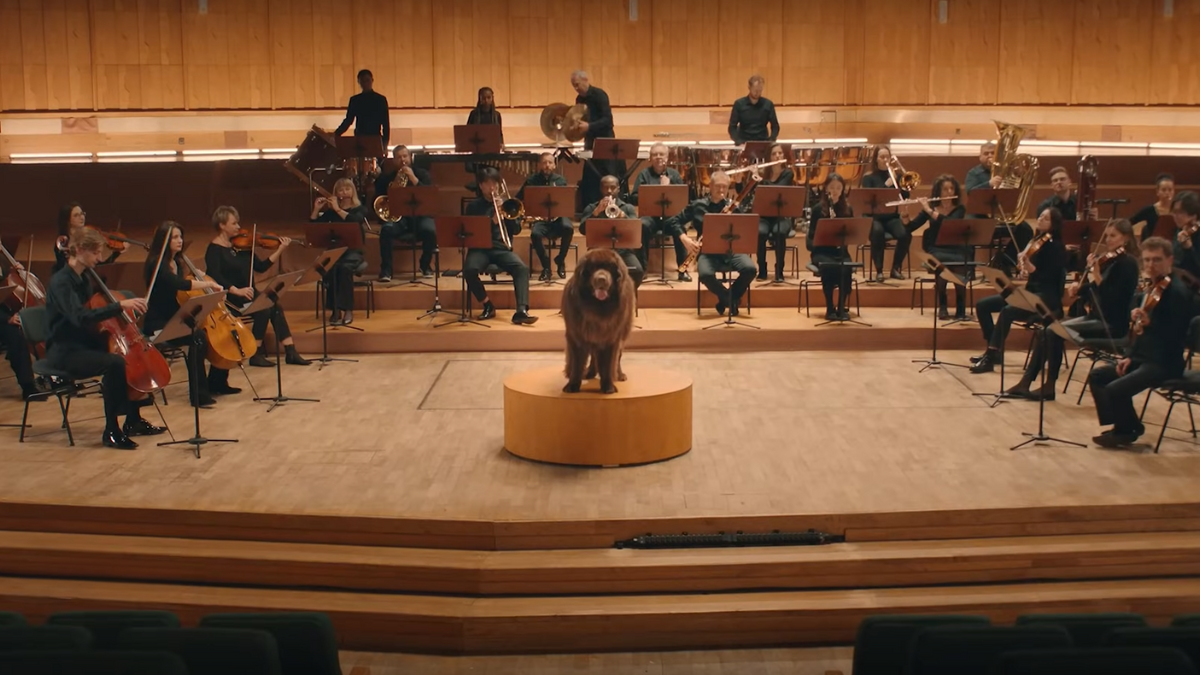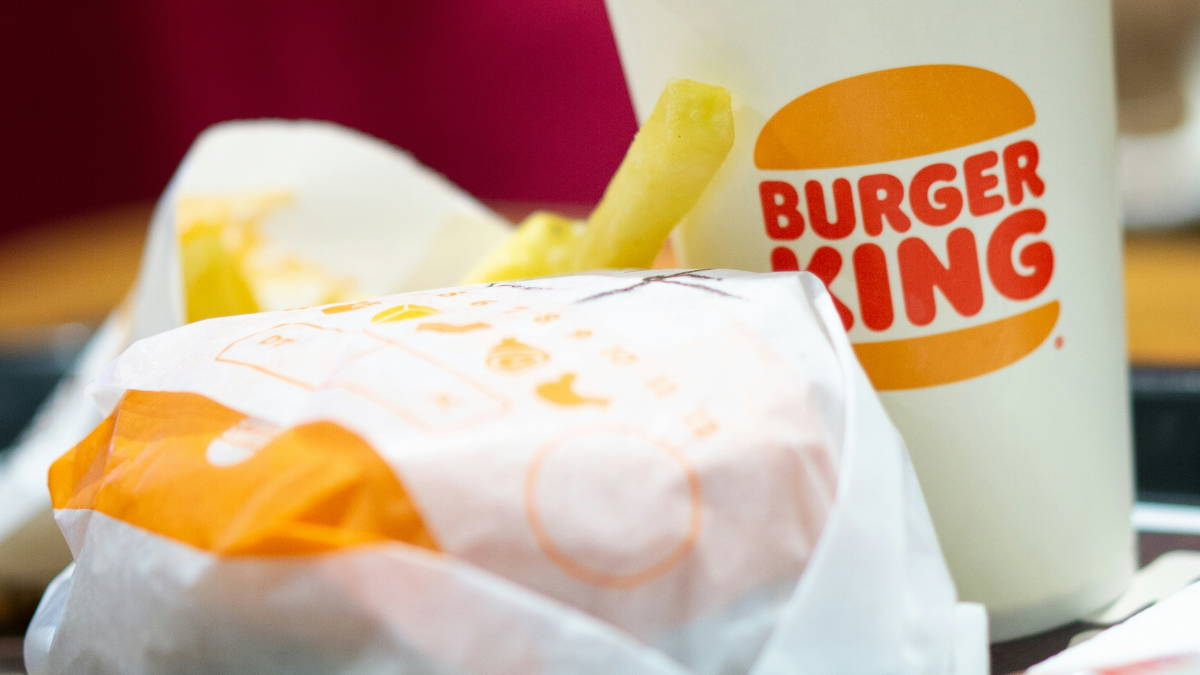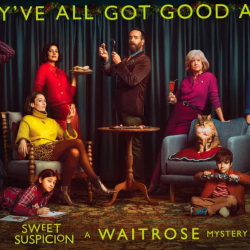Having returned from two weeks in Sicily, apart from the obvious desire to build more ricotta, pistachios, siestas and baroque into my life, it made me think how we could all be a little bit more Sicilian. Occupation by foreign powers and the geographical separation from mainland Italy have meant Sicily has developed a very unique and different culture over the centuries… bring in a distinctly moon-like landscape and brooding series of active volcanoes, and we have a distinctly different isle and culture; which could advise our brands on a thing or two.
Here are four ways to build more of that Sicilian distinctiveness and difference into our work:
Find your Sicilian punk
This little island is dominated by its active volcanoes and bubbling volcanological phenomena. You can feel the brooding shadow of Etna all around the East Coast and experience the feisty arid and spirited landscape and searing sun everywhere you go. This fiery spirit is felt deep within its people and culture. Disregard for regulations long accepted in the rest of Europe is rife in Sicily. According to Rough Guide, this anarchic approach expresses itself in a myriad of ways including garages routinely stocking a device to turn off the car safety system alarm for wearing seat-belts.
Whilst as an industry, we’re over familiar with the need for rebel talent and more rebellious ideas in our industry, the extent to which brands actually embrace rebelliousness is questionable with brands craving the challenger label without actually fighting or challenging anything. Brands have arguably come to fall more in love with the tactics of challenger, increasingly using it for shorthand to mean simply anything a little attention-seeking and courteous in rebellion. The industry has fallen in love with being a pirate. And literature on it has risen exponentially since Adam Morgan coined it in Eating the Big Fish.
Instead, I would argue that we could all embrace a little more Sicilian punk and actively and explicitly rebel. This shouldn’t be limited to the niche deviant outsider brands but leader brands or those like Nike, once rooted in the counterculture and ex-challenger. In form it can be embracing an explicit spiky punk spirit — take Nike’s recent campaign to openly embrace the objective of winning through sport. Screw the niceties, embrace un-conventionalism and reject the corporate nature of the mainstream, that winning actually does count. Or William Hill and Sky’s documentary series The Gaffer whereby William Hill goes against category conventions of a betting brand and offers something extraordinary and different and anti-establishment and punk in format and channel. This is one where you wouldn’t expect a betting brand to play. Or it can be punk to what has gone before/the brand’s heritage or previous pattern. Take the ‘weird’ label spun in politics which has stuck well for the US Democrats, going against their heritage and playing safe and nice in political advertising — instead embracing something which reframes and has shaken both the opposition for the worse and the Democrats for the better.
Unleash your Sicilian festival spirit
Festivals in Sicily are frequently held and once being for patron saints only, they now offer the chance for a holiday, socialising and entertainment. Sicilians love a festival and even have one to celebrate the Pistachio.
For brands, I don’t mean the more functional, being at a festival — through phone charging, fashion or booze. Celebration lies at the heart of a festival and is built on an organised series of acts and performances. Brands must find and invent reason/s to celebrate, throw their own and curate festivals. In dark times, brands can give us that festival light. Brands are weird and wonderful and slippery and abstract, and they have the excuse and poetic license to create and manufacture the weird and wonderful.
McDonald’s nailed this in its wonderful festival feel of a campaign, celebrating its 50th birthday with exclusive merchandise, digital party bags and special edition menu. Matt Reischauer, marketing director of UK&I, McDonald’s, said ‘we wanted to make it possible for everyone across the nation to celebrate…with a few surprises along the way.’ The campaign brings celebration to both the nation and individuals warm with nostalgia from 1980s birthday parties they had (or always wistfully wanted…).
Build your Baroque
Baroque architecture is hugely dominant in Sicilian culture. The character is elaborate ornamentation and spectacle, with a key objective to impress neighbouring gentry. As a style it counters simplicity and austerity and is incredibly showy. Baroque style uses grandeur, and surprise to achieve a sense of awe. Brands should find reasons to embrace this and be simply more — showy. This shouldn’t be refined to the higher interest categories, but is even more effective in the low interest categories. Take the genius campaign from New Zealand where Southern Cross and TBWA\NZ launched a high-vis, high-fashion line with designer Matthew Adams Dolan to keep pets safe on the road. ‘To develop the glamorous garments, TBWA\NZ partnered up with international Italian designer Matthew Adams Dolan, known for dressing stars such as Gigi Hadid and Lady Gaga. Drawing from his experience working with the likes of Vogue, Rihanna, and his own dog Maisie, Matthew fused function with fashion, using highly reflective materials to create the eye-catching couture’.
It doesn’t get showier than a pet insurer catwalking a dog in high-vis clothes.
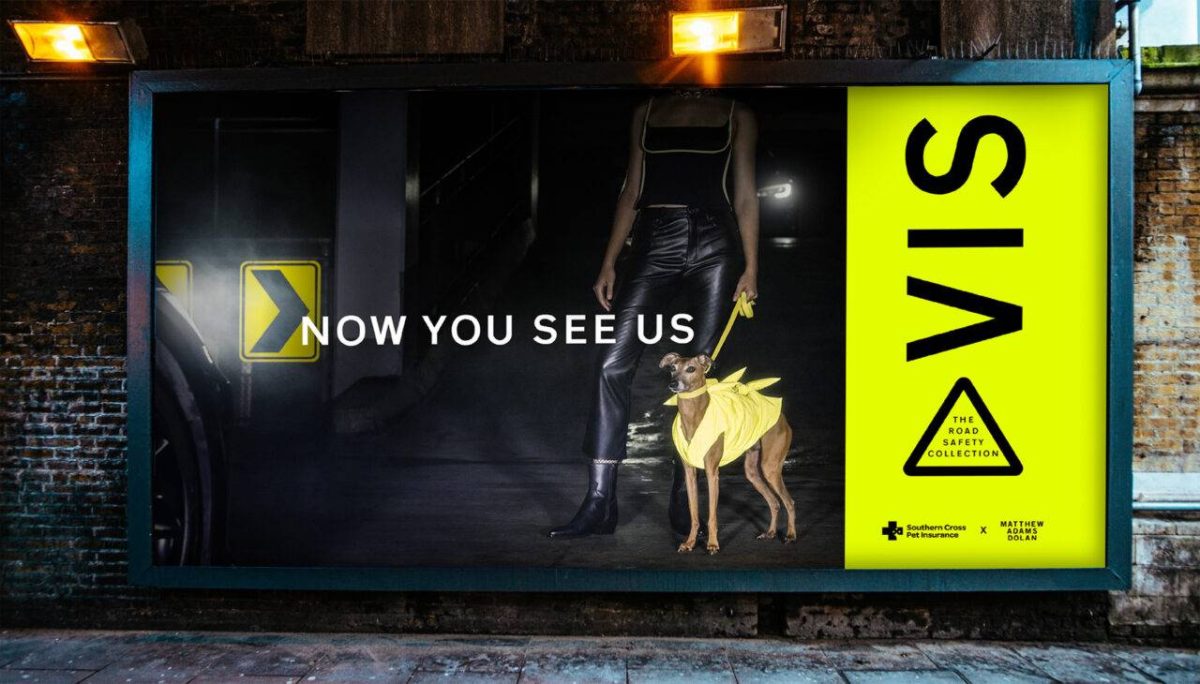
Mash-up
Sicilians have a mixed heritage that includes Greeks, Moors, Normans, and Romans. Sicilian has elements of Greek, Arabic, French, Catalan, and Spanish. This can be seen in many Sicilian words, like azzizzari (to embellish, adorn) from the Arabic. It’s also seen in the food where North African influence of raisins and pistachios features in pasta dishes, or in architecture where Norman is stitched into Roman, which is stitched into Moorish, forming patchwork quilts of mash-up architectural style.
We see this mash-up in the old and the new in Sicily today where ancient caves hold modern sculpture exhibitions and old cathedrals make the home of exhibits of Andy Warhol.
This mash-up approach is an accepted basis of creative philosophy: ‘Combinatorial creativity’ occurs when old ideas are combined in new ways. We see ‘mash-ups’ across all things humans touch and create. From art to music, to architecture and film to name a handful. Crashing two worlds, gives new meaning, in new context.
Whilst our industry is familiar with mash-ups, we need to go bigger than collabs…. I mean:
Find new ways of crashing with the opposites in form (take Audible’s awe-inspiring use of outdoor to convey sound)… or Mattel’s crossing the fourth Wall with Polly Pocketinviting fans everywhere into her world and listing her life-sized ‘90s Slumber Party Fun compact on Airbnb. Or the recent beautiful images showcasing the Paris athletes at some of the capital’s most renowned locations, including the National Library of France, the Louvre, the Orsay Museum, the Sainte-Chapelle, the Apollo Basin, as well as the Hall of Mirrors in Versailles.
So, as autumn beckons and I wistfully yearn for more Sicily. I also hope I can think about the feistiness, spiritedness and open unashamed display of celebration the Sicilians live by, and inject a little more of that punk and celebratory spirit into my work.
Featured image: Andrea Piacquadio / Pexels


